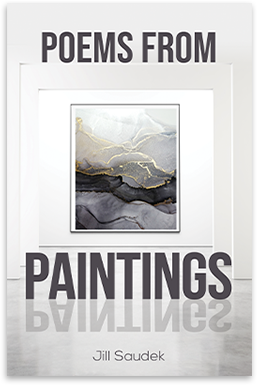
States of mind in paintings and poems
The tensions, doubts, hopes, despair or joy that we feel are powerfully explored in many paintings. Even as I seek to find the words to express these, I realise that I am intruding on wordless mysteries.
Dali's strange The Hand of Remorse shows how “Words strain, crack, break, under the burden” (T.S. Eliot). My lack of punctuation accepts the uncontrollable, indefinable nature of harrowing remorse:
“From a blue sky
A tortured mind
From lands beyond
What we understand
Or reason why,
Stretches the hand…”
The lovely girl in Manet's A Bar at the Folies Bergère offers “ever smiling service” even as she “shrinks from common view” and dives deep into the blessedly concealing waters of the mind:
“Now she swims slowly, over a crystal bed,
Where deep peace lies,
Where pearls light the ways
And seaweed garlands wreathe her head”
Before
“The rising sense of menace
Returns her to the surface.”
Magritte's powerful, puzzling sequence, The Lost Jockey shows
a wild, motionless gallop on a curtained “great stage of fools”(King
Lear):
“Curtains, half drawn back, reveal
Far, far less than they conceal...
Is he the hunter or the prey,
Hero or villain of the play,
Which he can never leave,
Whose end is dusty death?”
A later poem in the sequence shows the jockey amidst:
“Flat rock scrubland, endless, barren, dry -
The black cave looms; horse and rider hurtle,
Powerless to leave its gaping mouth behind,
For it is always, always has been, there:
The dreaded, welcoming, dark portal…”
Coming next: Love in paintings and poems
Post Views : 509